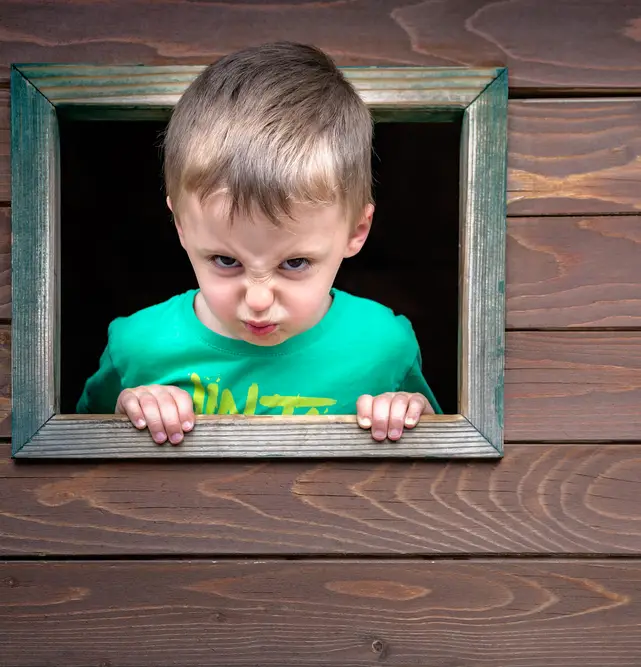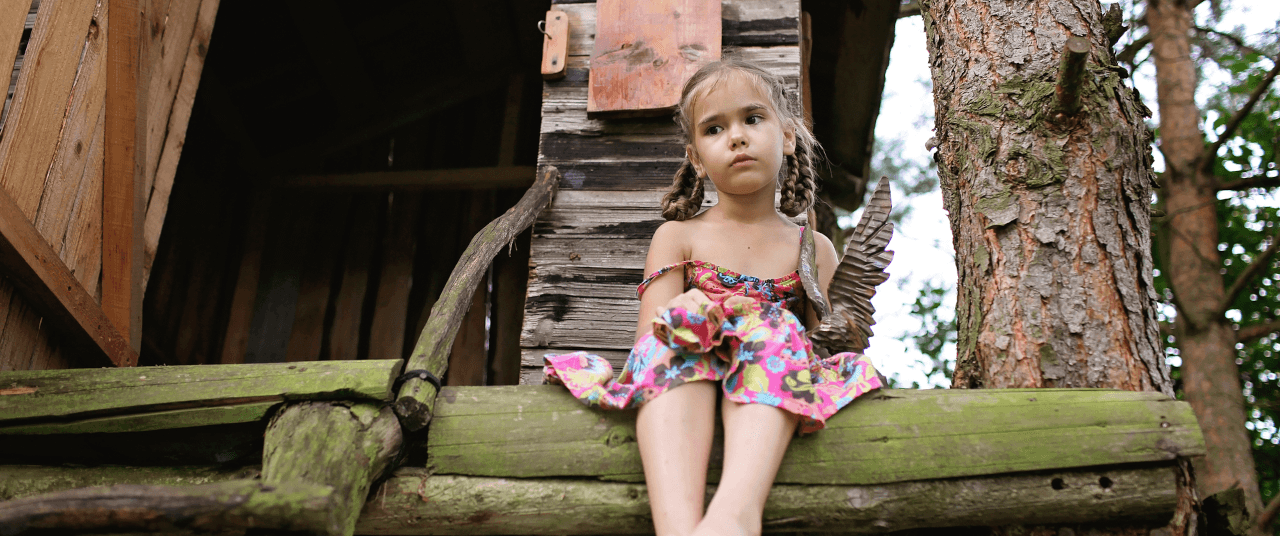As parents, one of the most important aspects of caregiving is creating an environment where children feel comfortable and safe.
Observing where and how your child seeks solace when feeling overwhelmed or unsafe can provide valuable insights into their emotional well-being.
Here are some tips on how to recognize and support your child in finding their comfort zones:
Pay Attention to Behavioral Cues
Children often exhibit subtle behavioral cues when they are feeling overwhelmed or unsafe. They may seek out specific places in the house, such as a cozy corner or their bedroom, where they feel most at ease. Observing where your child naturally gravitates towards during times of distress can help you identify their comfort zones.
Notice Non-Verbal Expressions
In addition to physical spaces, children may also express their need for comfort through non-verbal cues. For example, they may retreat to a quiet corner, cuddle with a favorite toy, or engage in soothing activities like drawing or listening to music. Paying attention to these non-verbal expressions can give you valuable insights into your child’s emotional state.
Encourage Open Communication
Creating a safe and supportive environment where children feel comfortable expressing their emotions is crucial. Encourage open communication with your child and let them know that it’s okay to talk about their feelings. By fostering a culture of trust and understanding, you can help your child feel secure and supported during times of distress.
Provide Reassurance and Support
When you notice that your child is feeling overwhelmed or unsafe, offer reassurance and support in a gentle and understanding manner. Let them know that you are there for them and that it’s okay to seek comfort when needed. By validating their emotions and providing a listening ear, you can help your child navigate difficult feelings and situations.

Observing where and how your child seeks comfort and safety can offer valuable insights into their emotional needs. Parents can help children cultivate their comfort zones and navigate challenging emotions with resilience and confidence by creating a nurturing environment, encouraging open communication, and providing reassurance and support.
Paying attention to their expressions will help you to understand emotions and thoughts that the child may have a hard time putting into words. Asking if they need a hug or a moment of quiet may help your child to begin to notice their own emotions and understand themselves better. One child I know would periodically take in so much stimulation, it appeared she was just having a temper tantrum.
Her wise mother asked her if she was having a meltdown and needed a hug. She nodded her head and fell into her mother’s arms, where the mother validated her feelings and reassured her that this would pass. She paused, and then gently instructed her daughter to take a deep breath. Now, as her child is several years older, she is very empathetic and has comforted other children just as she was comforted.
When you are feeling overwhelmed, do you want witnesses there?
I’ve seen children who threw temper tantrums in the middle of crowds in an effort to be heard and seen. I’ve also seen children who were terribly upset run to their rooms, in spite of encouraging words just to gather themselves and release a little steam.
Both children benefit from being taught how to manage their emotions by validating what they feel and how they feel. But like the mother mentioned above, as the child grows older, it is imperative that they learn how to become aware of what is triggering their emotions, and to take action to make room for them in a safe environment.
Asking a child if they feel safe, or if they need privacy, helps your child in their emotional intelligence and boundary-setting which they will need plenty of, as they grow into adults.
How do you regulate your emotions or notice when you don’t feel safe? Do you feel that you have a right to feel safe? Reflect back to your childhood to remember whether you were safe in expressing your emotions and how this has influenced you today.

